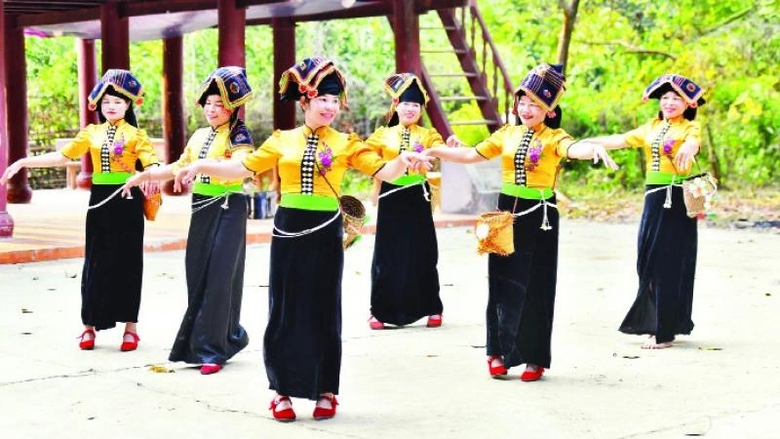
(Illustration)
In addition to the remarkable results, the planning and operation of the current cultural and sports institutions system has revealed many limitations and shortcomings, both excessive and insufficient in many localities. Investment funds for cultural and sports institutions are still limited, carried out in a "drop by drop" manner, technical equipment and facilities in some places are outdated, land funds are scarce, and do not meet requirements.
According to the Ministry of Culture, Sports and Tourism, the current laws on culture and sports include 274 legal documents (of which, the cultural field has 180 documents and sports has 94 documents), which have basically shaped the legal system on "cultural and sports institutions".
Cultural and sports institutions play a very important role and position in the development of culture and sports of the country.
After nearly 40 years of implementing the renovation process, the country has built and developed a relatively comprehensive and synchronous system of cultural and sports institutions, from urban to rural, remote, isolated and border areas.
New cultural and sports institutions contribute to creating developed landscapes that are both modern and imbued with local identity.
This place has become a space for cultural and sports industries to operate in accordance with the market mechanism; a place to nurture creative ideas, performing talents, and high-performance competitions; a place to organize cultural exchange events, cultural, artistic, sports performances, and political and social events.
However, the operation of the cultural and sports institutions system is revealing many limitations and inadequacies; there are paradoxes and long-standing problems. Investment funds for the development of cultural and sports institutions are still very limited, carried out in a "drop by drop" manner.
While many cultural and sports institutions have outdated facilities and technical equipment, and limited land funds, some cultural and sports institutions have been invested in very expensively but operate ineffectively, even "abandoned", causing great waste (many theaters, training grounds and sports stadiums that were invested in quite modernly quickly deteriorated and almost had to close, with little time to "light up")...
The law on management and use of public assets does not have detailed regulations on cultural infrastructure assets and sports infrastructure assets (for example, My Dinh Stadium is not yet defined as sports infrastructure assets, so it is not subject to regulations on public assets like other ordinary assets).
Over the past 10 years, the Vietnam National Village for Ethnic Culture and Tourism has not received any investment despite its best efforts. The main reason is due to the difficulties in the authority, functions and tasks of the Village (as stipulated by the Prime Minister in Decision No. 39/QD-TTg dated July 15, 2014) which are inconsistent with current laws.
According to this Decision, the Prime Minister allows the Head of the Village Management Board to approve planning, lease land, allocate land to enterprises and issue investment certificates.
However, the Investment Law (2015), the Land Law and the Construction Law issued later did not update the Village in these laws. Therefore, when attracting investment, the Village encountered many difficulties.
In fact, the Party's policies on cultural and sports institutions are clear, especially policies on harmoniously handling the relationship between conservation and development; synchronously developing types of cultural and sports institutions; innovating the content and methods of managing the activities of cultural and sports institutions from the central to grassroots levels; promoting cultural industry, cultural services and sports economic fields in accordance with the market mechanism...
However, many localities and units, when organizing implementation, still do not know where to start and how to do it (!) Some contents and forms of operation of cultural and sports institutions have not been regulated by legal documents.
Many policies and legal regulations are still general guidelines, lacking specificity, leading to a situation of "everyone doing their own thing", both in resource investment and organization of activities. Current policies lack connectivity and synchronization; they do not really pay attention to the specificity of some cultural and sports fields (such as: elite culture, scholarship, high-performance sports...).
Removing "bottlenecks" and bottlenecks for cultural and sports institutions needs to start with institutions and policies.
It is necessary to perfect the system of legal policies on culture and sports in a synchronous manner with related laws such as developing the Law on Performing Arts, comprehensively amending the Law on Cultural Heritage (amended), considering and approving the National Target Program on Cultural Development for the period 2025 - 2035...
At the same time, review, supplement and amend relevant legal regulations to clarify the concept and content of "cultural and sports institutions", "cultural and sports facilities"; complete the "planning of cultural and sports institutions" in the direction of synchronization, modernity, identity, efficiency, ensuring fairness, meeting people's needs; attach importance to the socialization of investment resources in the form of public-private partnership.
Source


![[Photo] Prime Minister Pham Minh Chinh chairs meeting after US announces reciprocal tariffs](https://vstatic.vietnam.vn/vietnam/resource/IMAGE/2025/4/3/ee90a2786c0a45d7868de039cef4a712)
![[Photo] Special relics at the Vietnam Military History Museum associated with the heroic April 30th](https://vstatic.vietnam.vn/vietnam/resource/IMAGE/2025/4/3/a49d65b17b804e398de42bc2caba8368)
![[Photo] Moment of love: Myanmar people are moved to thank Vietnamese soldiers](https://vstatic.vietnam.vn/vietnam/resource/IMAGE/2025/4/3/9b2e07196eb14aa5aacb1bc9e067ae6f)


![[Photo] General Secretary To Lam receives Japanese Ambassador to Vietnam Ito Naoki](https://vstatic.vietnam.vn/vietnam/resource/IMAGE/2025/4/3/3a5d233bc09d4928ac9bfed97674be98)

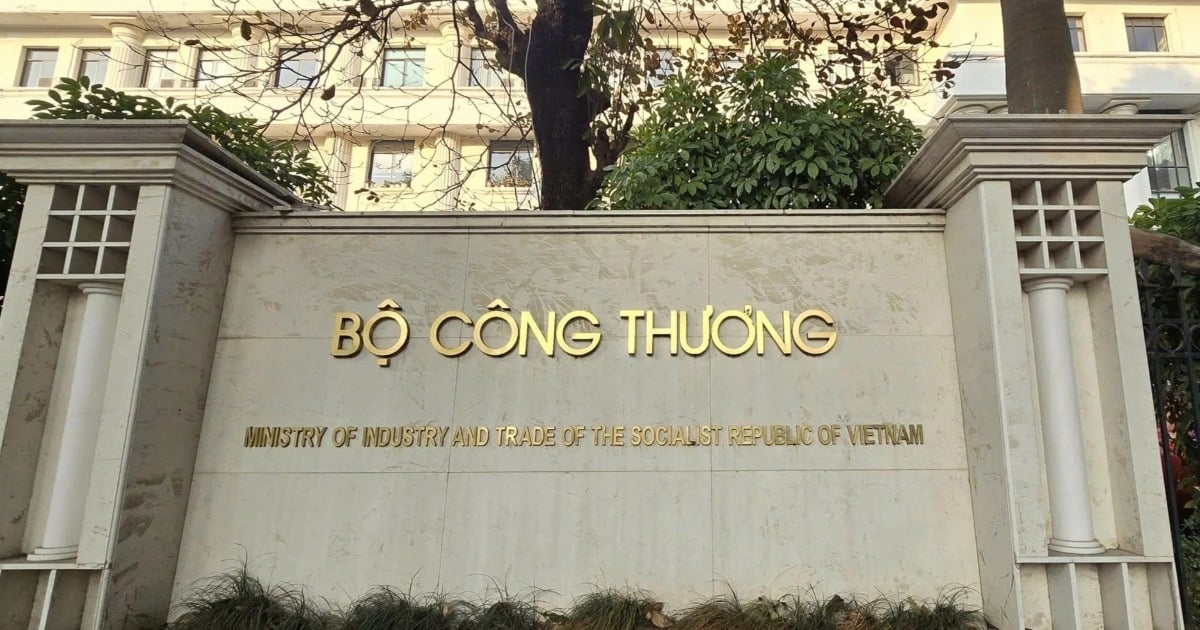

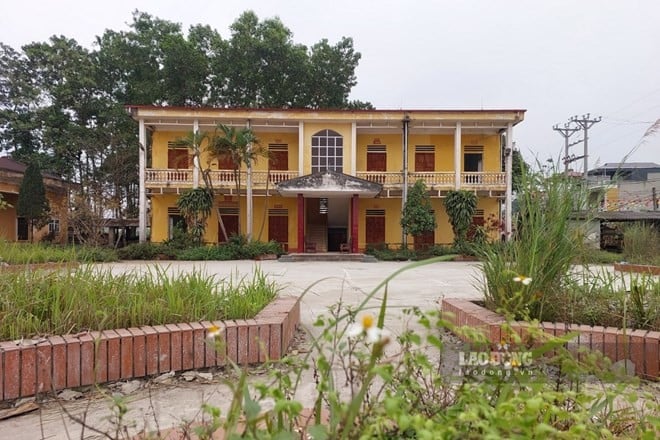
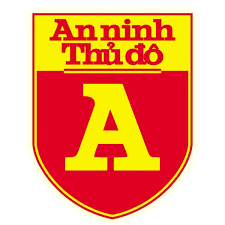
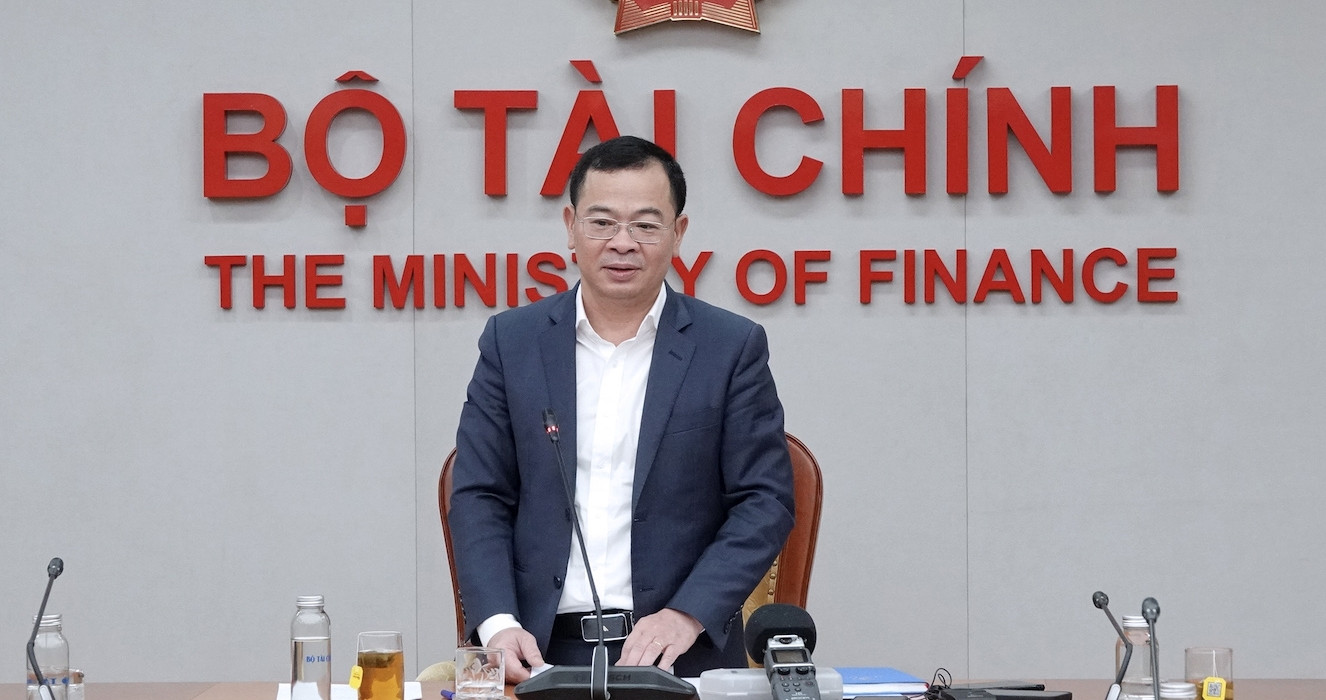

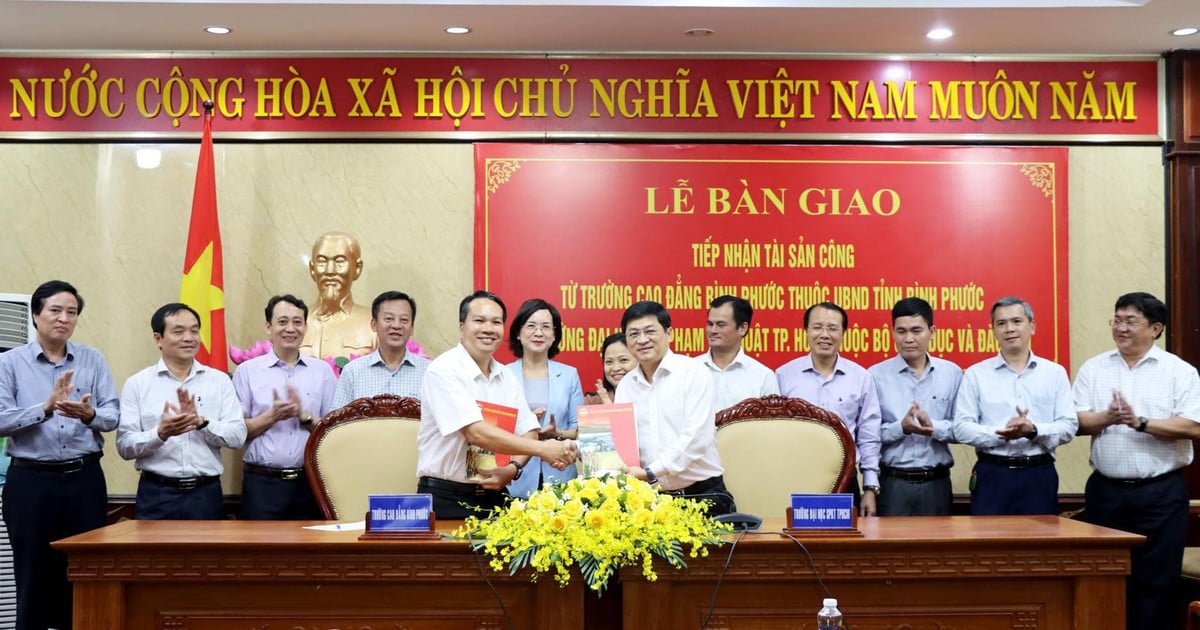

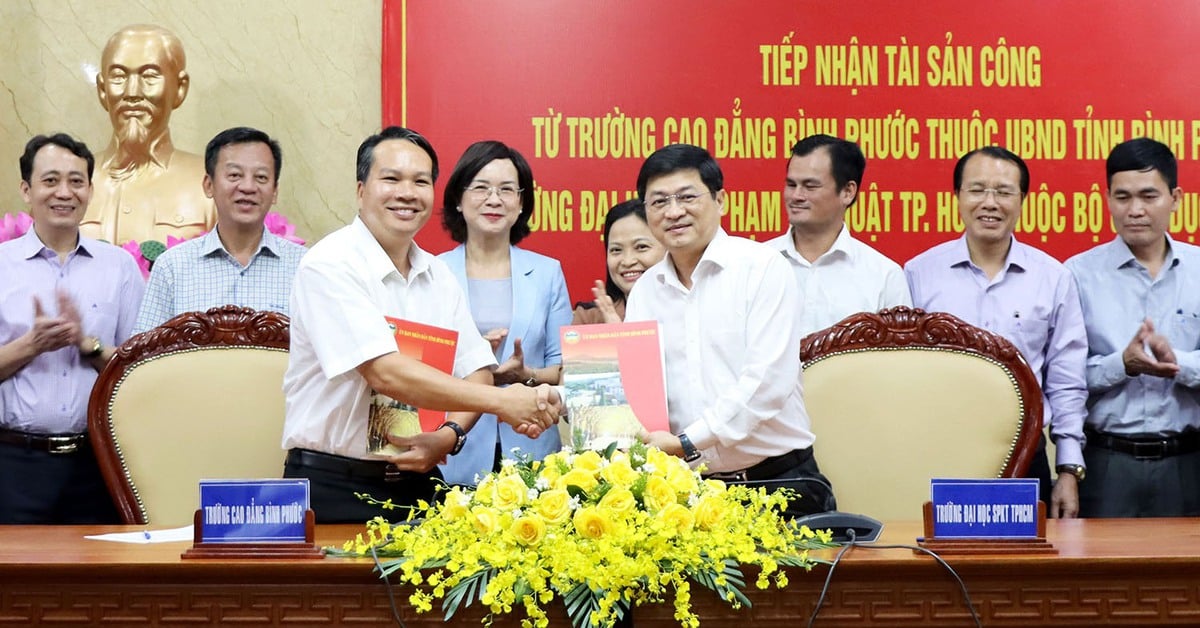


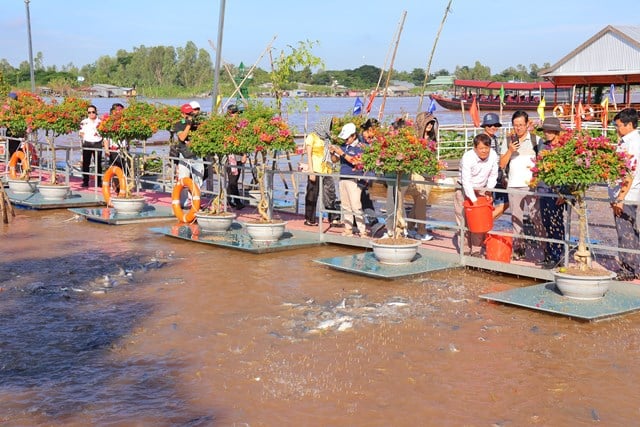
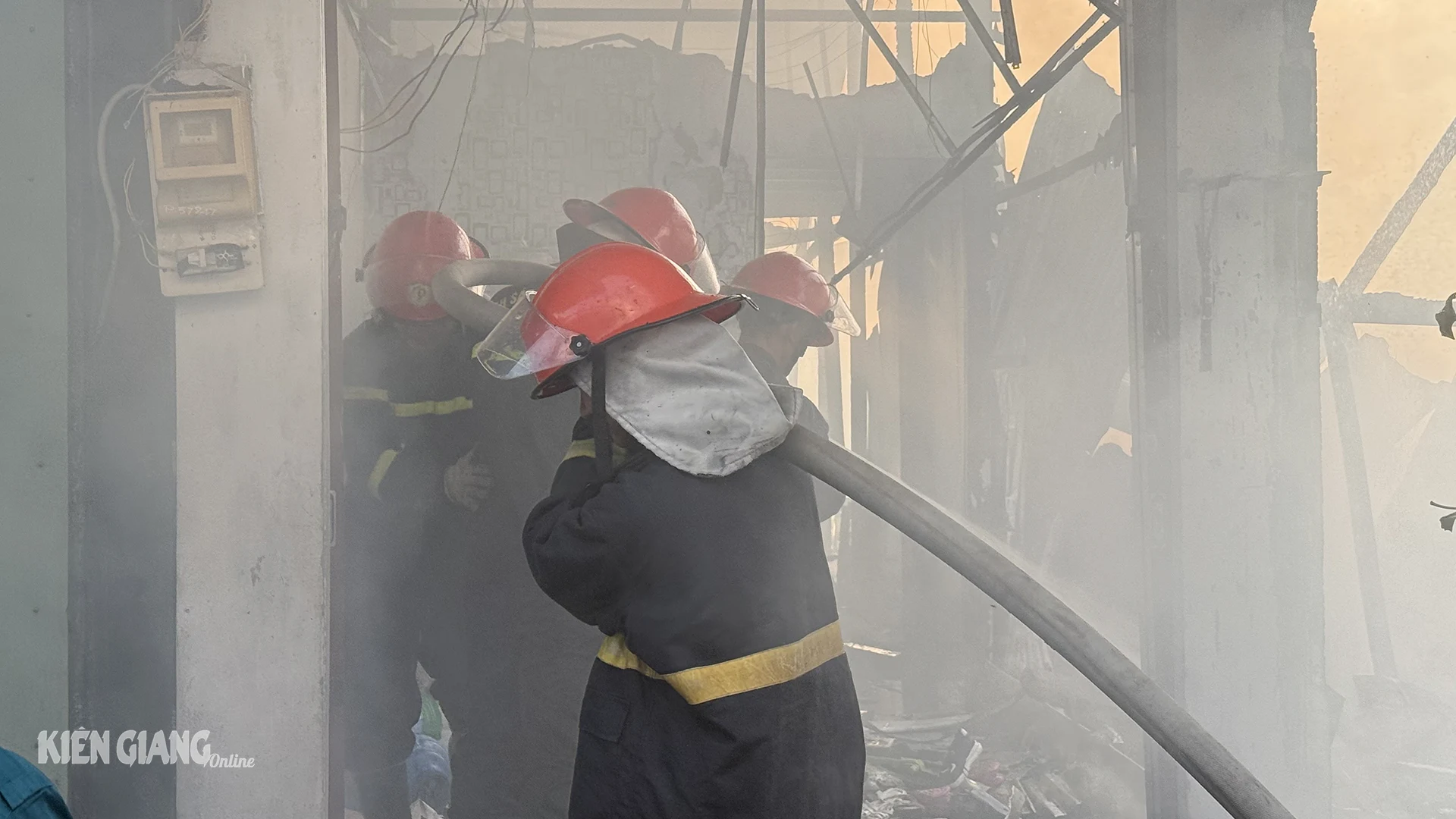
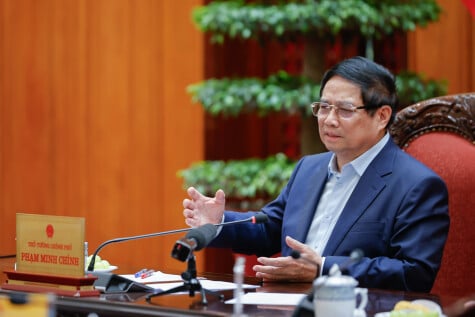
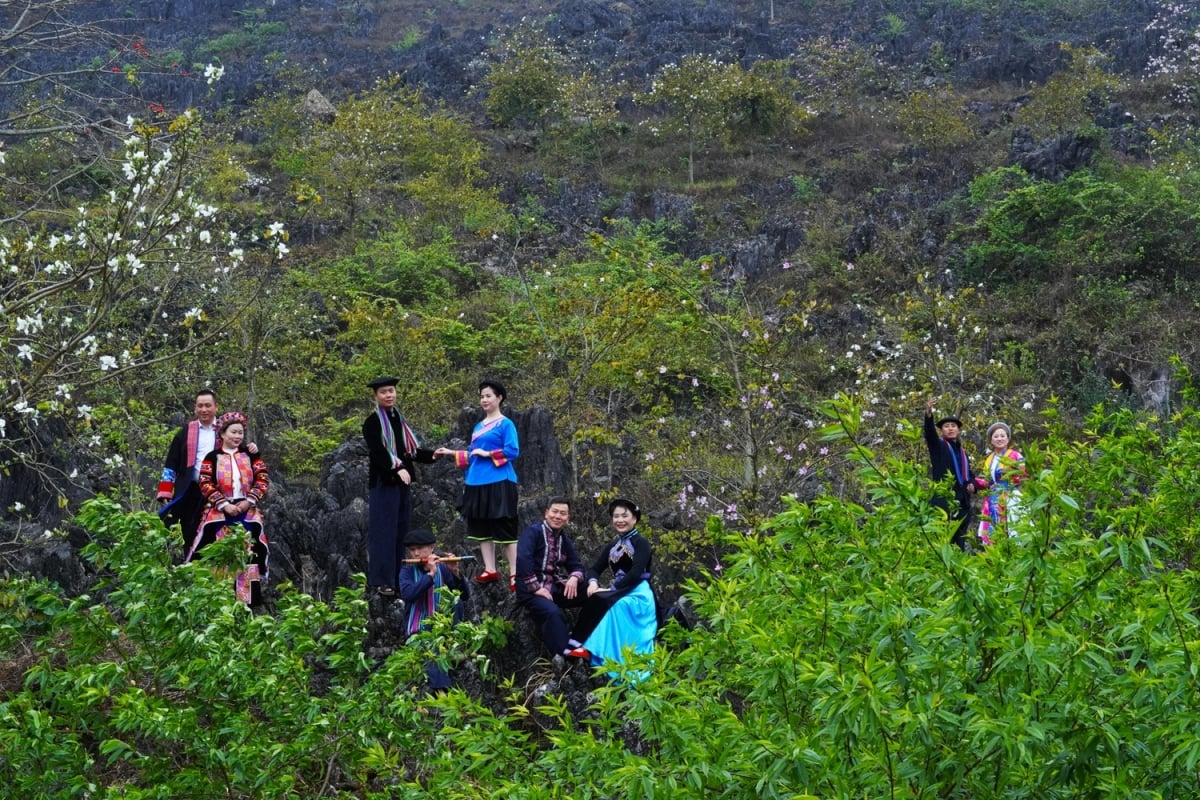
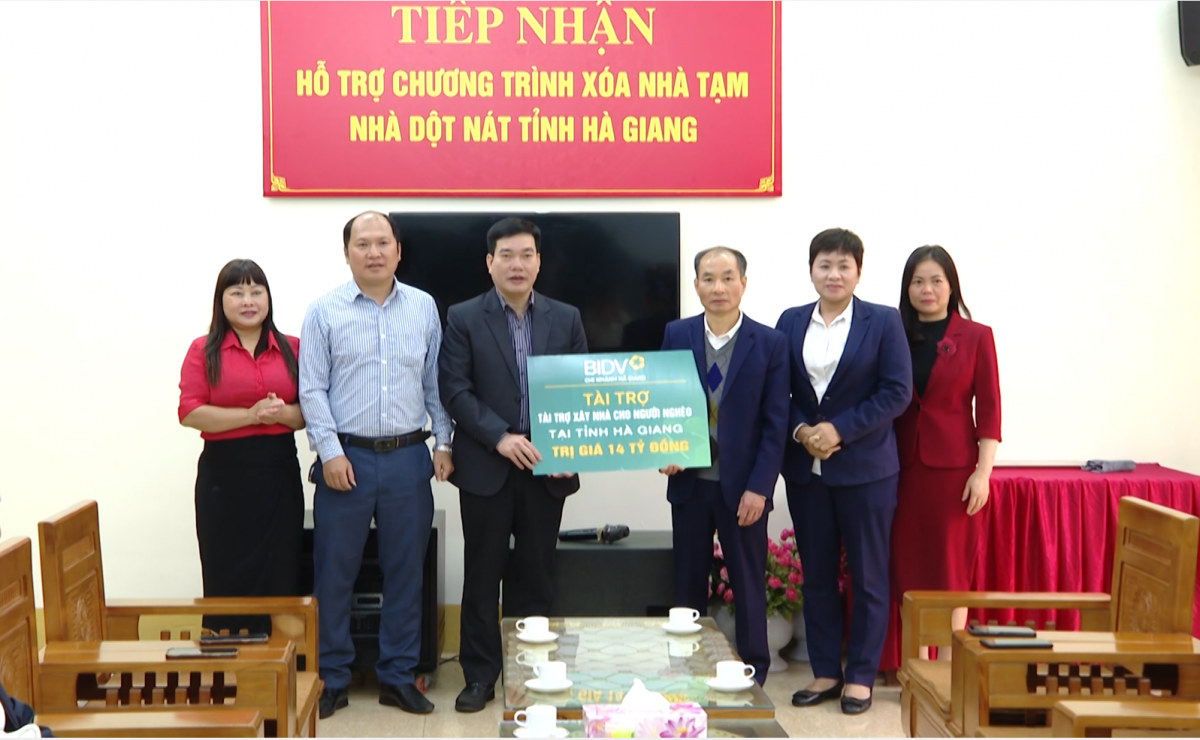




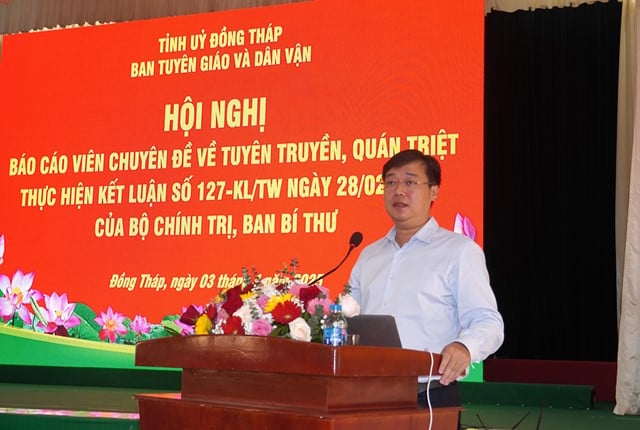
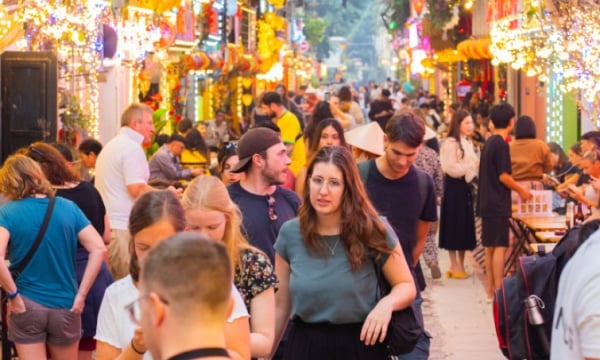
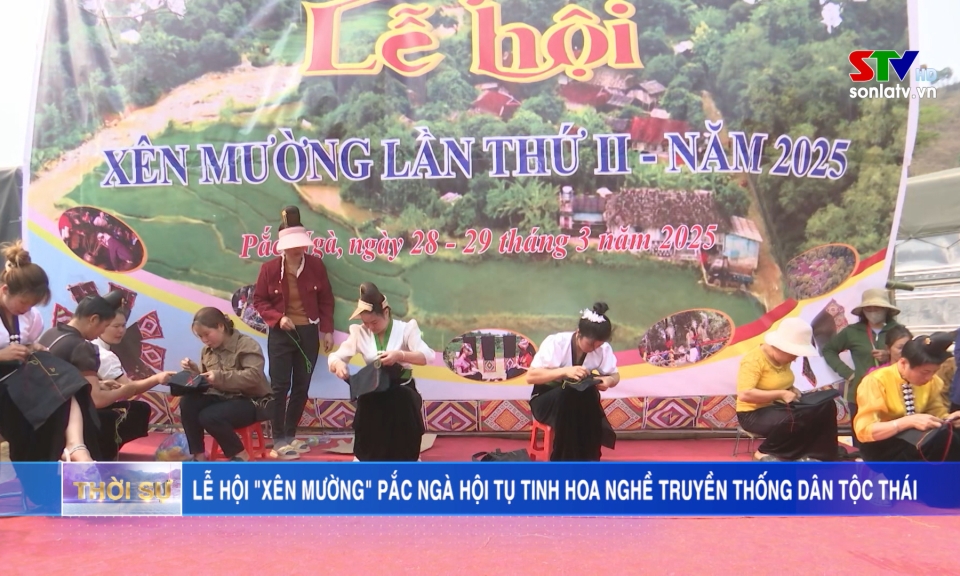
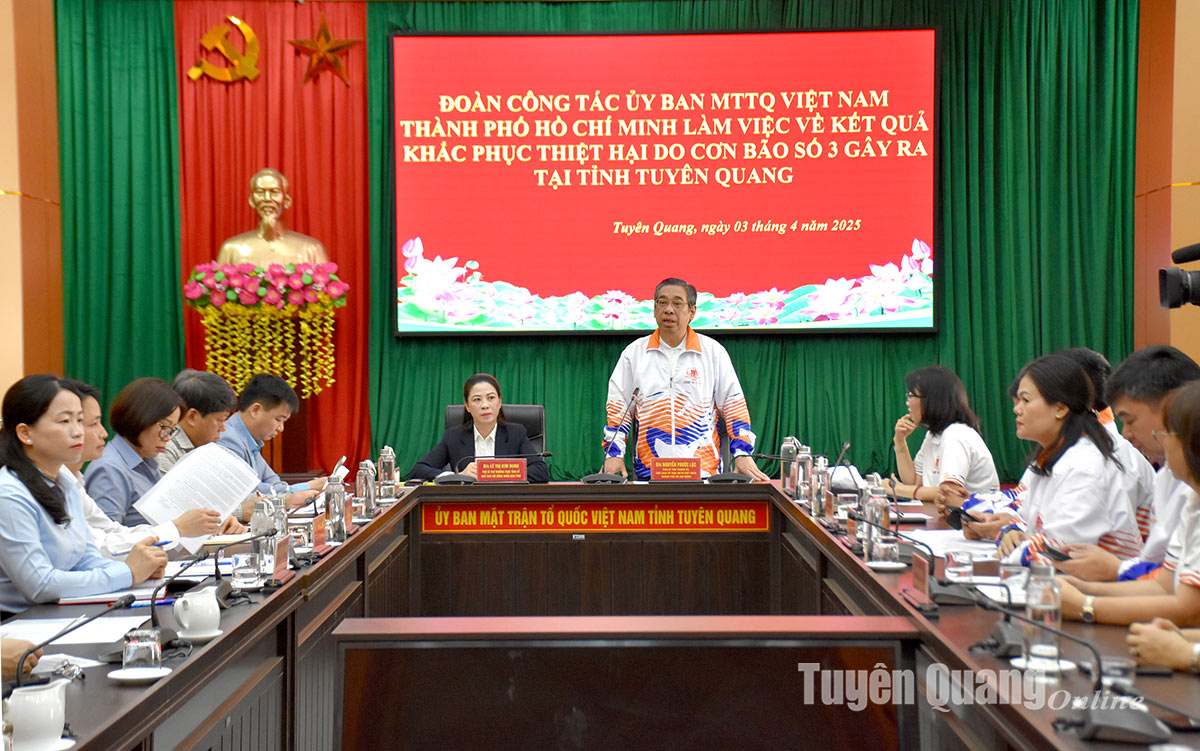
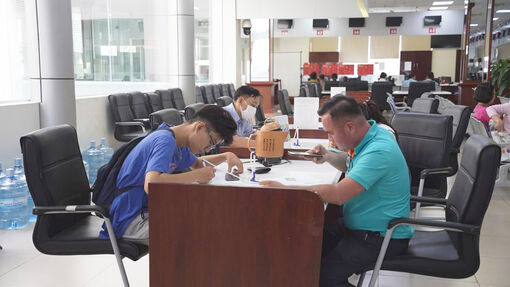
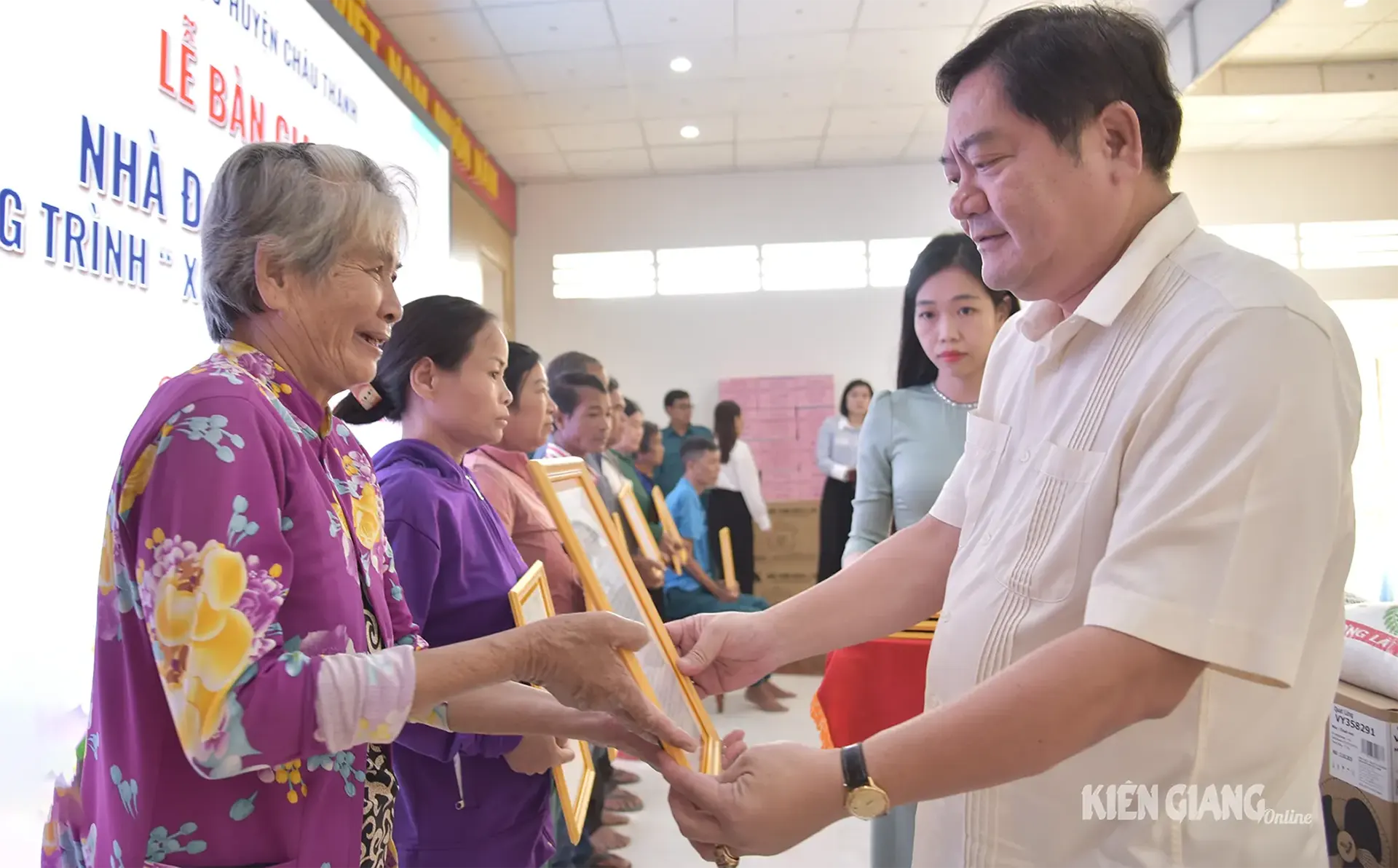






























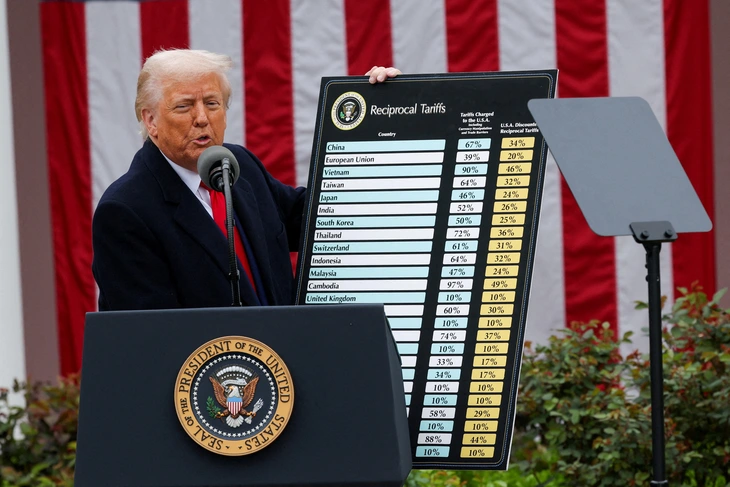


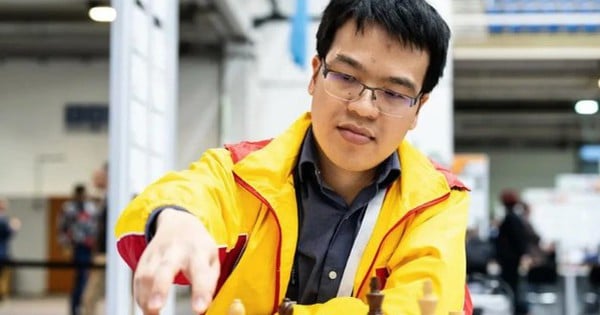

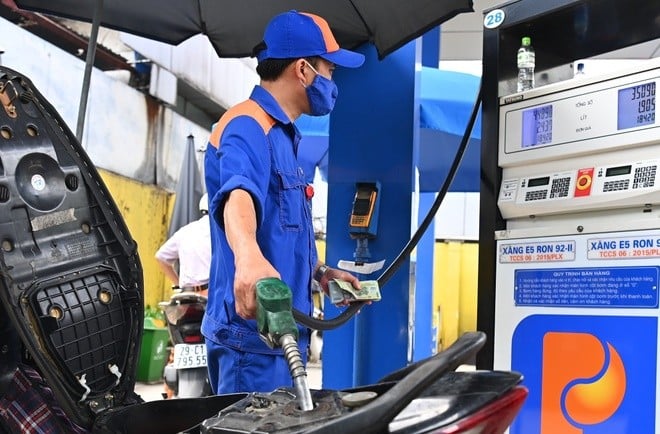

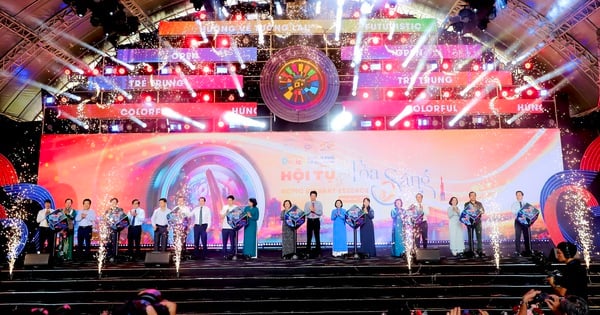

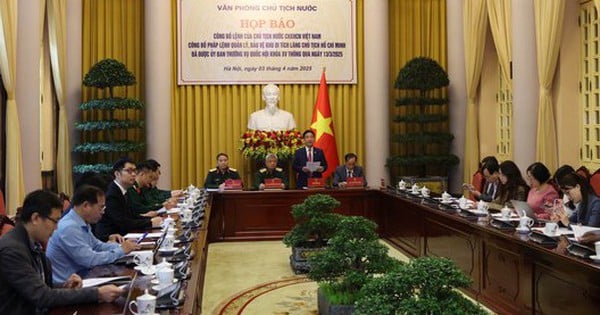
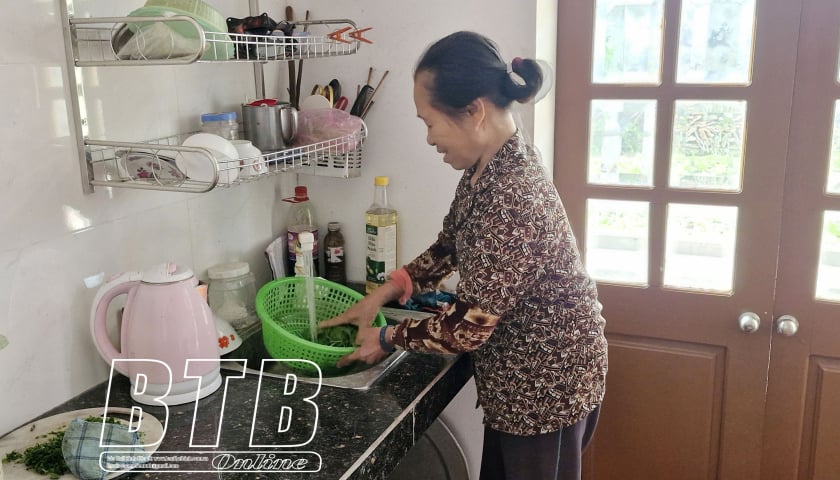



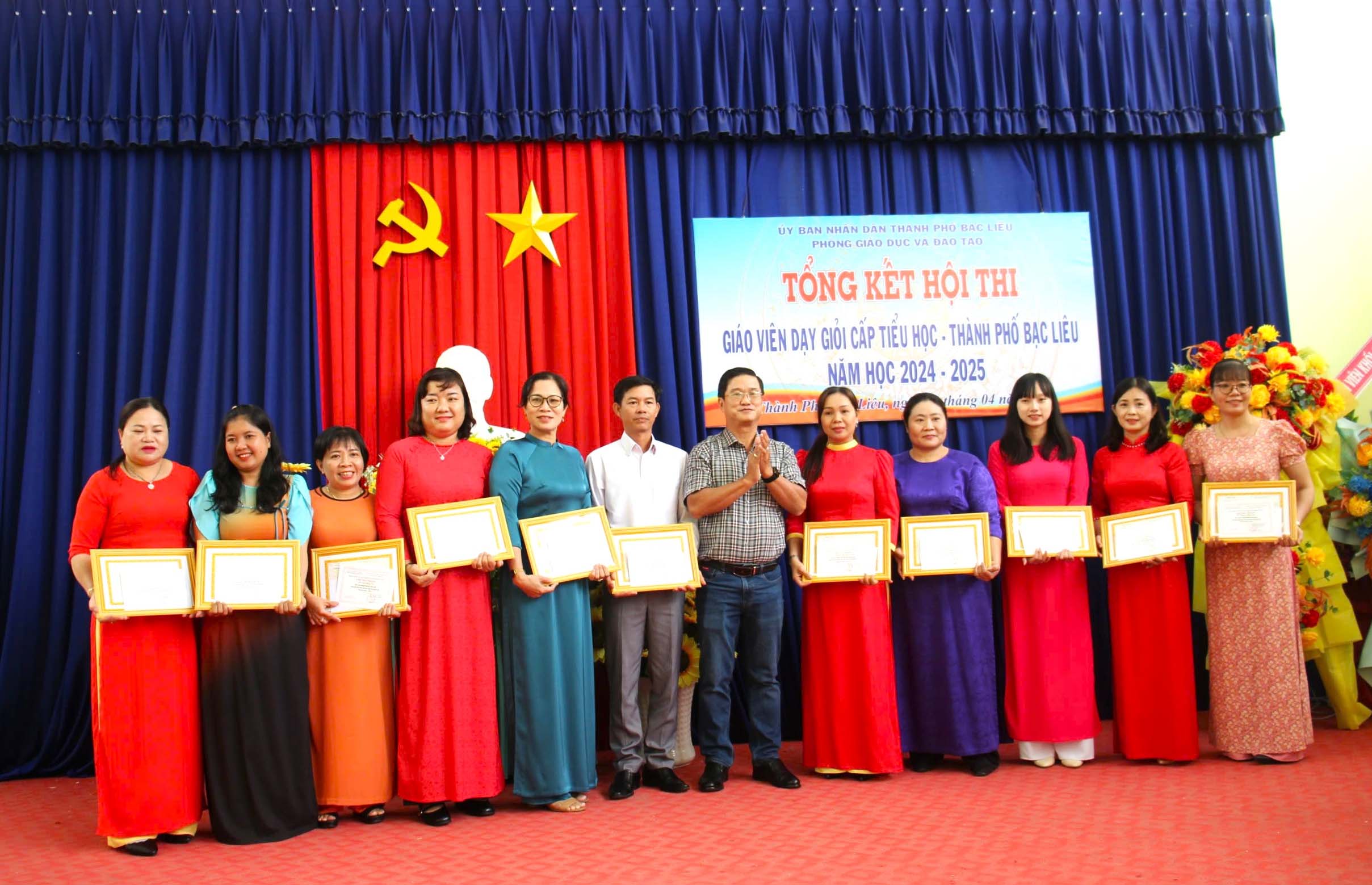

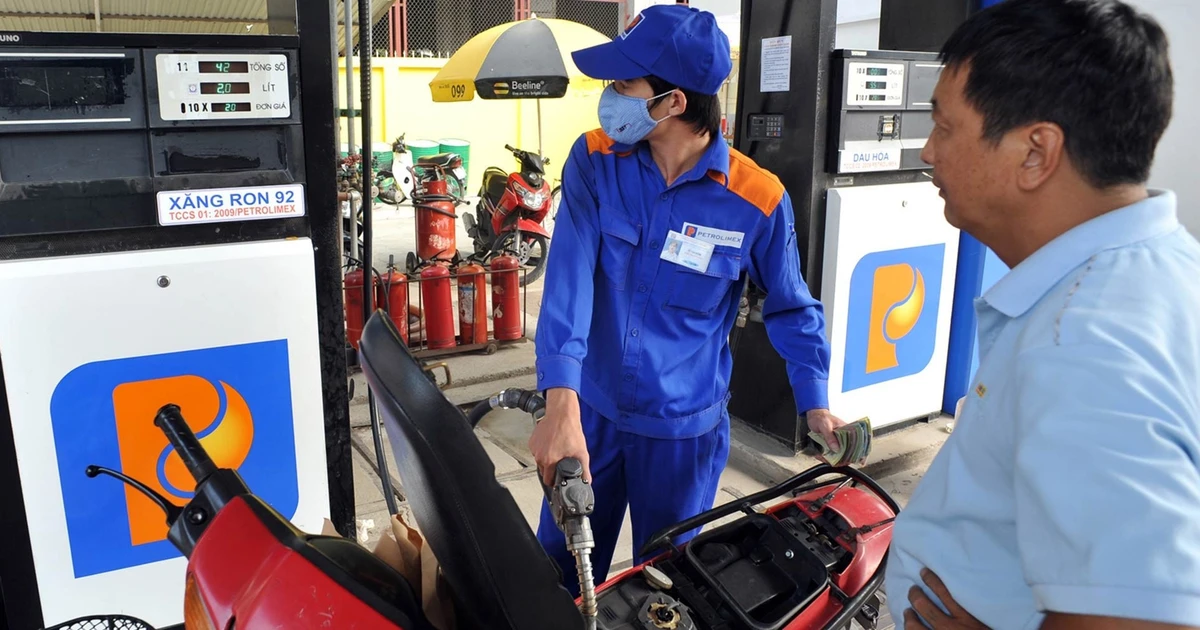












Comment (0)